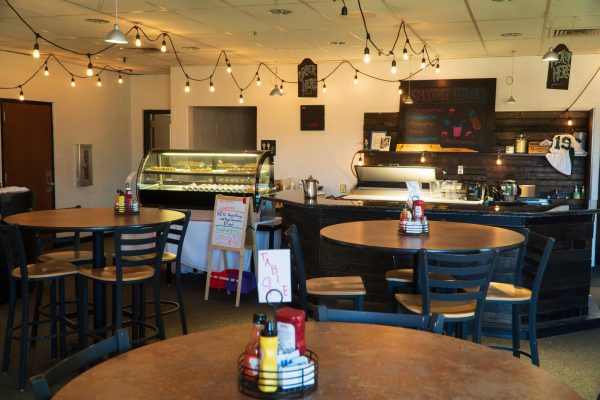Is social media protesting effective?
Whether it be #blacklivesmatter or #yesallwomen, online protesting has taken the social media world by storm. This relatively recent trend has swept some people in while leaving others questioning whether it does anything for a movement.
Social media protesting arguably got its start with the Kony 2012 movement. Kony 2012, made by Invisible Children, Inc., was, up to that date, the longest video to ever go viral. This video was made with the goal of raising awareness to help capture Joseph Kony, leader of the L.R.A (Lord’s Resistance Army). Despite getting millions of views and donations in the span of a few days, very few people actually showed up to help their ‘cover the night’ date. This shows that although social media can be a good starting place, more is required to fulfill the movement’s goal.
Another movement that began on social media was #bringbackourgirls. In 2014, the extremist group Boko Haram kidnapped 276 school girls, causing people to lash out on social media, demanding that the Nigerian government take action and that Boko Haram return the kidnapped girls. Though some have been returned, a little over 200 girls still remain hostage to Boko Haram.
After starting the movement, there is not very much that social media can do besides giving updates. Yes, people can tweet politicians and others in charge, but the likelihood that they’ll see a few tweets out of the massive influx of notifications they receive is less than if someone were to visit or call said person in charge. After all, hiding from social media is much easier than hiding from a person who is right in front of you.
One could argue that social media allows everyone to participate, considering that people can contribute to the cause from their own homes. However, we have to ask ourselves what it is that makes a good contribution. When someone is fighting for a movement over social media they are able to raise awareness, but they aren’t doing anything to stop or fix the problem. What they are doing is repeating a topic while others take the responsibility of the full movement.
There are some tactics that could make a social media movement more effective. First, protesters could begin by raising awareness and creating a plan of attack using social media. From there the masses could carry out the plan. Back on social media, those that organized the plan could provide coverage to the general public.
In conclusion, though protesting over social media can be a good starting place, it isn’t as beneficial in the long run. There have been unsuccessful movements over social media, and while people at home can make a statement, they cannot help as much as they believe.






